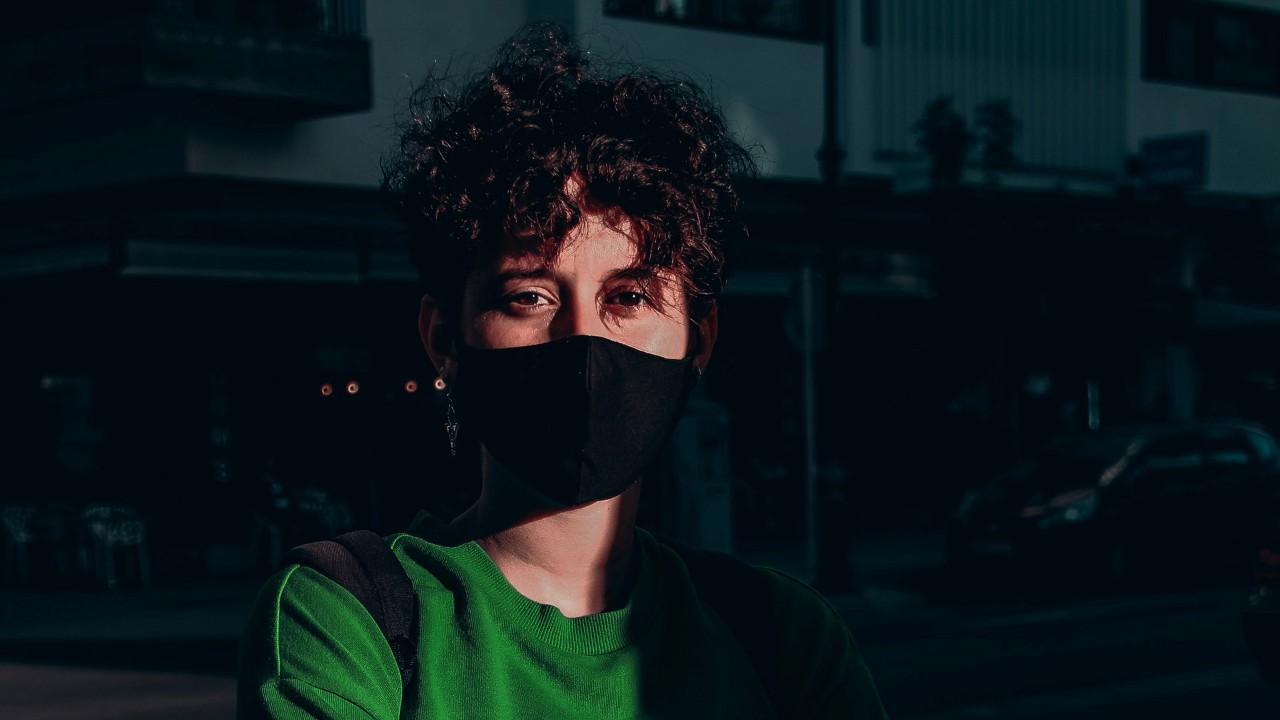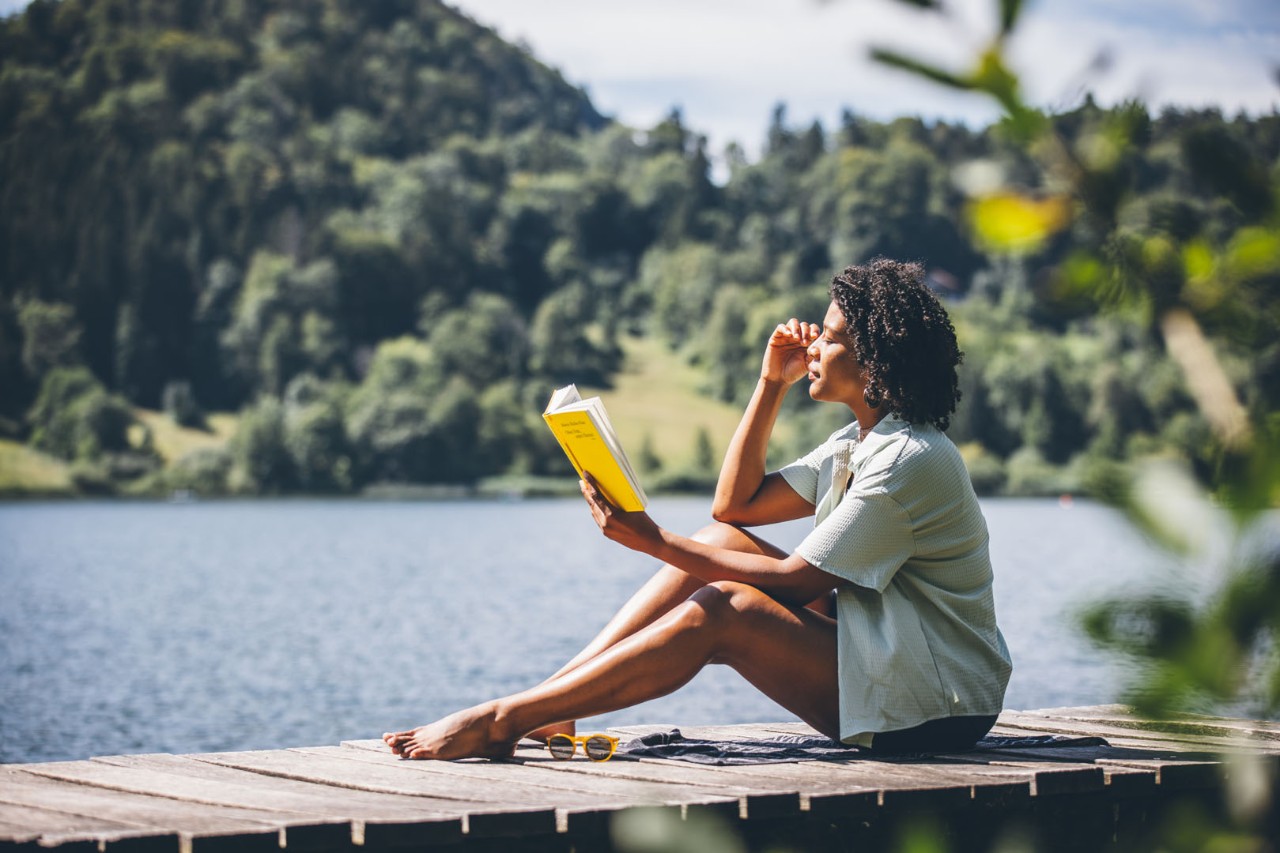Sport after Corona: Regain fitness step by step
If you’re feeling better after you’ve had the coronavirus, should you get back to training at full intensity straight away? Doctors advise: Definitely not.

Out of breath after climbing a few steps, your heart is racing, your muscles ache and you feel faint. The coronavirus weakens the body and weeks of resting or maybe even having to lie down really take their toll. So it’s not surprising that you want to get back into shape as soon as possible after the illness. But what do you need to know about returning to sport after having had the coronavirus? We asked an expert.
-
When to get back to sport after corona?
"Your own perception can be deceptive," says Natina Schregenberger, a doctor of general medicine and sports medicine at the SportClinic in Sihlcity, Zurich. “You should definitely see your family doctor or a sports medicine specialist for a check-up before starting back at sport, even if you feel OK. You may feel better, but that’s not enough in this case.” After a coronavirus infection, there’s a risk of heart muscle inflammation. “Of course, you notice symptoms such as shortness of breath or coughing, But inflammation of the heart muscle can go unnoticed." After COVID-19, the heart, kidneys and lungs are examined and inflammation levels are measured. Only after these values have returned to normal should you gradually return to sport. "For very athletic people with a problem-free course, a gentle gradual build-up after ten days of isolation is recommended. I'm talking about a short walk at the beginning. A return to the training routine is possible at the earliest 17 days after the onset of symptoms, provided the return goes smoothly," says Schregenberger.
The doctor’s recommendations are based on an official step-by-step plan for getting back to sport after COVID-19 published by Sport & Exercise Medicine Switzerland (SEMS). As studies are currently ongoing, the recommendations are adjusted from time to time as necessary (see box).
-
How long before you can do sport again?
The situation is currently unclear, so there is a lot of uncertainty. “We are currently seeing a lot of patients across all age groups. They all want to know when they are finally fit again," says Schregenberger. How quickly patients can get back to full sporting fitness and start exercising normally again varies significantly from person to person. “The range is huge. Unfortunately, there’s no one-size-fits-all solution. It’s still unclear how each person will respond to the illness and when they can get back to exercising,” says Schregenberger. In some cases, previously very sporty people have suffered longer from the consequences of the illness, while older people get back to normal pretty quickly. Or the other way around.
Prevention is usually better than cure. Does sport protect against the coronavirus? That’s also unclear. Schregenberger says: "Sport probably does not protect against infection. But: People who are active in sports minimize their risk factors such as high blood fat or obesity and could therefore experience a milder course. And sporty people usually have greater muscle mass and a healthier cardiovascular system, so they have bigger reserves in case they fall ill”. However, doing too much sport can also weaken your immune system.
-
Racing heart, tired muscles
However, the lung problems often described in the media are not a priority at the SportClinic. Only very few suffered - usually after a severe course with hospitalization - from tangible limitations in lung capacity. These patients would then be best cared for by a lung specialist. "What I experience most in people under 50 is a high pulse rate and tired muscles," says Schregenberger. Many are exhausted, suffer from dizziness, headaches or have symptoms such as tingling in the hands or skin rashes.
Although inflammation of the heart muscle can occur, it is fortunately rare. "I generally see very good results after the gradual build-up," reassures the sports doctor. She advises people to take it easy: "Please don't put yourself under pressure, but reassess how you are doing every day. And it will get better, even if it takes weeks!"
Training video: Mobilization exercises
Sport after Corona - tips from the doctor:
Google less, worry less
“COVID-19 is like a chameleon. The disease has many facets. It is important to know: Too much research on the Internet is scary, and forums tend to be full of horror scenarios from people who have a strong need to communicate," says Schregenberger. “Instead, you should listen to your doctor and, of course, your own body.”
Gentle exercises after consulting a doctor
If you’re isolating at home, you can alleviate the side effects of lying down, such as back pain or circulation problems, with light stretches or flexibility exercises. After isolation, a light walk for 15 minutes would be a first step. If this goes well, you can walk a little faster. "It's important that your heart rate never exceeds 70 percent of your maximum heart rate," explains Schregenberger. Gentle bodyweight exercises or yoga can also help get you back into the swing of things. If you don’t experience dizziness, you can also move on to cycling at a slow pace.
Give yourself time
“If you celebrate every little improvement you make, you’ll stay motivated for longer,” says Schregenberger. “Don’t compare yourself to other people, and give yourself the time that you need.”
Trust your body
Schregenberger knows that this is But that’s easier said than done. but it’s important to remember that setbacks are normal. Don’t let yourself get frustrated. Relapses are part of it: You’ll have good days and bad ones. Schregenberger’s advice: “Believe in yourself! Trust that your body will adjust to the new situation.”
- Isolation and absolutely no sport for at least 10 days
- Medical check-ups
- Medical clearance to resume sporting activities
- Report “Gradual Return to Sport” (GRTS)


